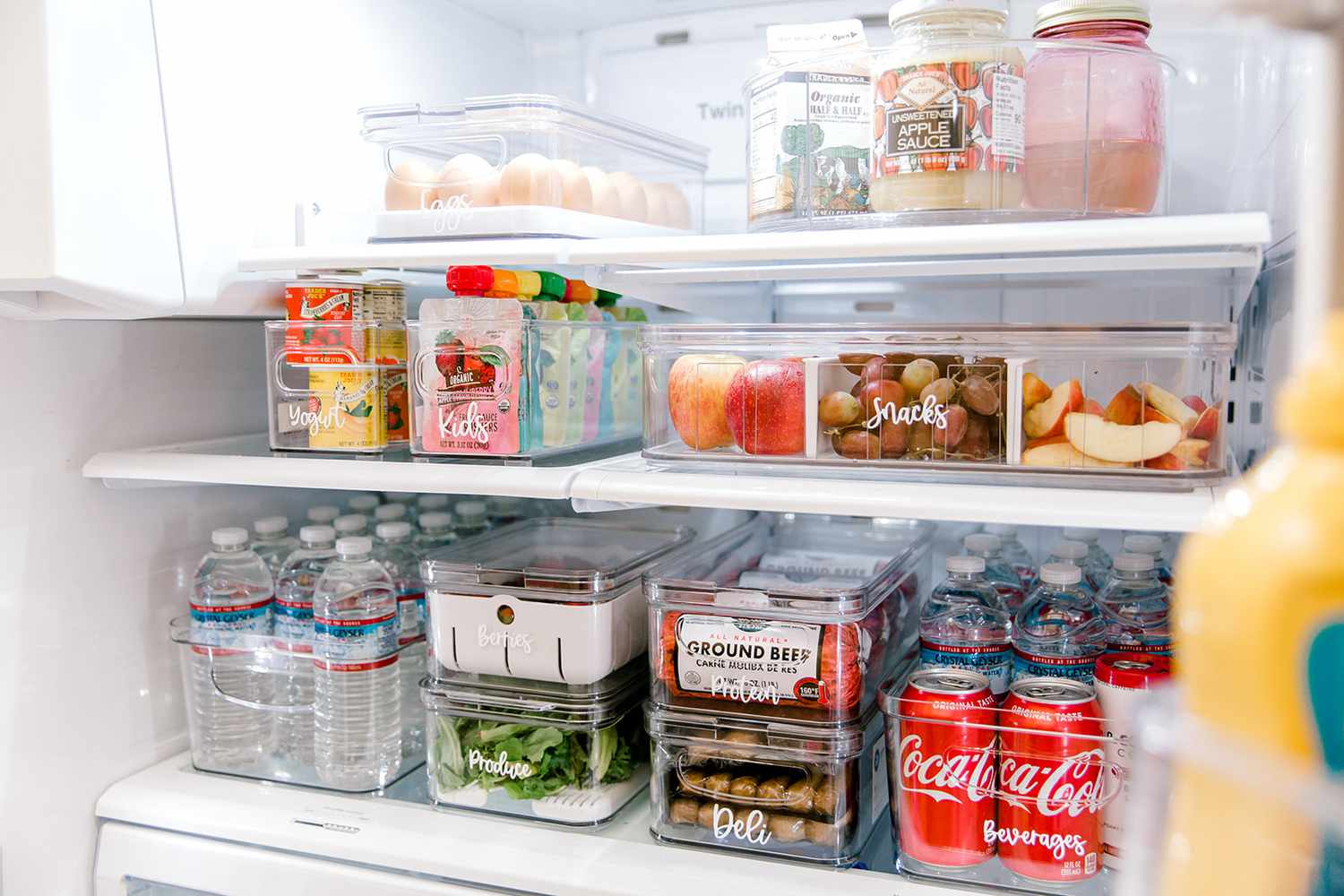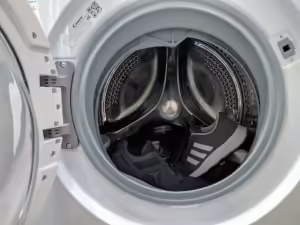After a festive holiday feast, your refrigerator can quickly become a chaotic mess of leftovers, ingredients, and drinks. With a little planning and organization, you can maximize storage space, keep food fresh, and make it easier to find what you need. Follow these tips to organize your refrigerator for maximum storage and enjoy those holiday leftovers without the stress.
1. Clear Out the Clutter
Before you even start packing in leftovers, make room by decluttering your refrigerator. Leftover holiday food deserves a clean and organized space.
- How to declutter:
- Toss expired items: Check expiration dates on condiments, dressings, and sauces and discard anything that’s past its prime.
- Consolidate duplicates: Combine partially used jars or containers of the same item (e.g., two half-empty jars of mustard).
- Remove unnecessary items: Temporarily relocate non-essentials, like soda or wine, to a cooler or secondary fridge to free up space.
- Why it works: A clutter-free refrigerator ensures every inch of space is usable, making it easier to store leftovers efficiently.
2. Use Uniform Storage Containers
Leftover turkey, stuffing, and pie all take up space, but the right storage containers can make a big difference. Opt for stackable, uniform containers to maximize shelf space.
- Best containers for leftovers:
- Clear containers: Use transparent containers to easily identify contents without opening them.
- Stackable designs: Choose containers that stack securely to make the most of vertical space.
- Airtight lids: Airtight containers help keep food fresher for longer and prevent spills.
- Why it works: Uniform, stackable containers reduce wasted space and keep your fridge neat and organized.
3. Group Similar Items Together
Keep similar types of leftovers or dishes grouped together to make them easier to find and retrieve.
- How to group items:
- Separate meal components: Group proteins, sides, and desserts in their own areas for quick access.
- Create zones: Dedicate specific shelves or drawers for certain types of food, such as one shelf for desserts and another for appetizers.
- Why it works: Grouping similar items together reduces the time spent searching through the fridge and helps prevent forgotten leftovers.
4. Prioritize Items by Shelf Placement
Where you place your leftovers in the refrigerator matters for both accessibility and freshness. Use the coldest zones for items that need to stay freshest longest and more accessible spots for frequently used foods.
- How to arrange your fridge:
- Top shelf: Store drinks, desserts, and ready-to-eat items here for easy access.
- Middle shelves: Place leftovers and prepared dishes in clear containers where they’re easy to see and grab.
- Bottom shelf: Use the coldest part of the fridge for raw meats or seafood, ensuring they’re stored in leak-proof containers to prevent cross-contamination.
- Crisper drawers: Reserve these for fresh produce like holiday vegetables or herbs.
- Why it works: Proper placement ensures your leftovers stay fresh and reduces the risk of food waste or spoilage.
5. Label and Date Everything
Holiday leftovers can pile up quickly, making it easy to lose track of what’s what. Labeling and dating your leftovers can save you from unpleasant surprises later.
- How to label:
- Use masking tape or reusable labels to write the name of the dish and the date it was prepared.
- Place the label on the side of the container where it’s easy to see, even when stacked.
- Why it works: Clear labels help you keep track of when items need to be eaten, reducing food waste and keeping your fridge organized.
6. Use Vertical Space Wisely
Refrigerators aren’t just about shelves. Make use of vertical space with accessories that maximize every inch.
- How to use vertical space:
- Add risers: Shelf risers or organizers allow you to stack containers without crushing food below.
- Utilize fridge bins: Clear bins with handles can store smaller items, making it easy to pull them out like drawers.
- Store bottles upright: Use bottle holders to keep sauces, dressings, or leftover gravies upright and stable.
- Why it works: Making use of vertical space prevents overcrowding and ensures items are easy to access.
7. Use the Fridge Doors Strategically
The fridge doors are the warmest part of the refrigerator and should be reserved for less temperature-sensitive items.
- Best items for fridge doors:
- Condiments, jams, and sauces.
- Drinks like juice or soda (if you haven’t moved them elsewhere).
- Avoid storing dairy, eggs, or leftovers here, as the temperature fluctuates more.
- Why it works: Reserving the door for non-perishable items keeps critical fridge space available for leftovers and temperature-sensitive dishes.
8. Refrigerate in Batches
Not everything needs to go into the fridge immediately after the meal. Let certain items cool to room temperature first, then refrigerate them in batches to avoid overloading the fridge’s cooling system.
- How to do it:
- Leave hot dishes to cool for up to two hours on the counter before transferring them to the fridge.
- Add batches of food gradually to allow the refrigerator to maintain its optimal temperature.
- Why it works: Avoiding an overload helps your refrigerator maintain a consistent temperature, ensuring all your leftovers stay fresh.
9. Freeze What You Can
If you know you won’t eat certain leftovers within a few days, move them to the freezer to save space and extend their shelf life.
- Best items to freeze:
- Turkey, ham, and other cooked meats.
- Soups, sauces, and casseroles.
- Desserts like pies or cakes (if properly wrapped).
- How to store in the freezer:
- Use freezer-safe bags or containers and label them with the date.
- Lay items flat to save space and make stacking easier.
- Why it works: Freezing leftovers clears up fridge space while preserving food for weeks or months.
10. Plan for Easy Reheating
When organizing your refrigerator, consider how you’ll reheat leftovers to make it easier later.
- How to prep for reheating:
- Portion out leftovers into smaller containers to reheat only what you need.
- Use microwave-safe or oven-safe containers to eliminate the need for transferring food.
- Why it works: Pre-portioning and choosing the right containers make reheating faster and easier, reducing hassle after the holidays.
Final Thoughts: Holiday Leftovers Made Easy
With a little strategic planning, you can organize your refrigerator to handle the holiday rush of leftovers while keeping everything fresh and easy to access. By decluttering, using stackable containers, and maximizing vertical space, your fridge can remain functional and stress-free through the holiday season. Enjoy your leftovers without the chaos!









